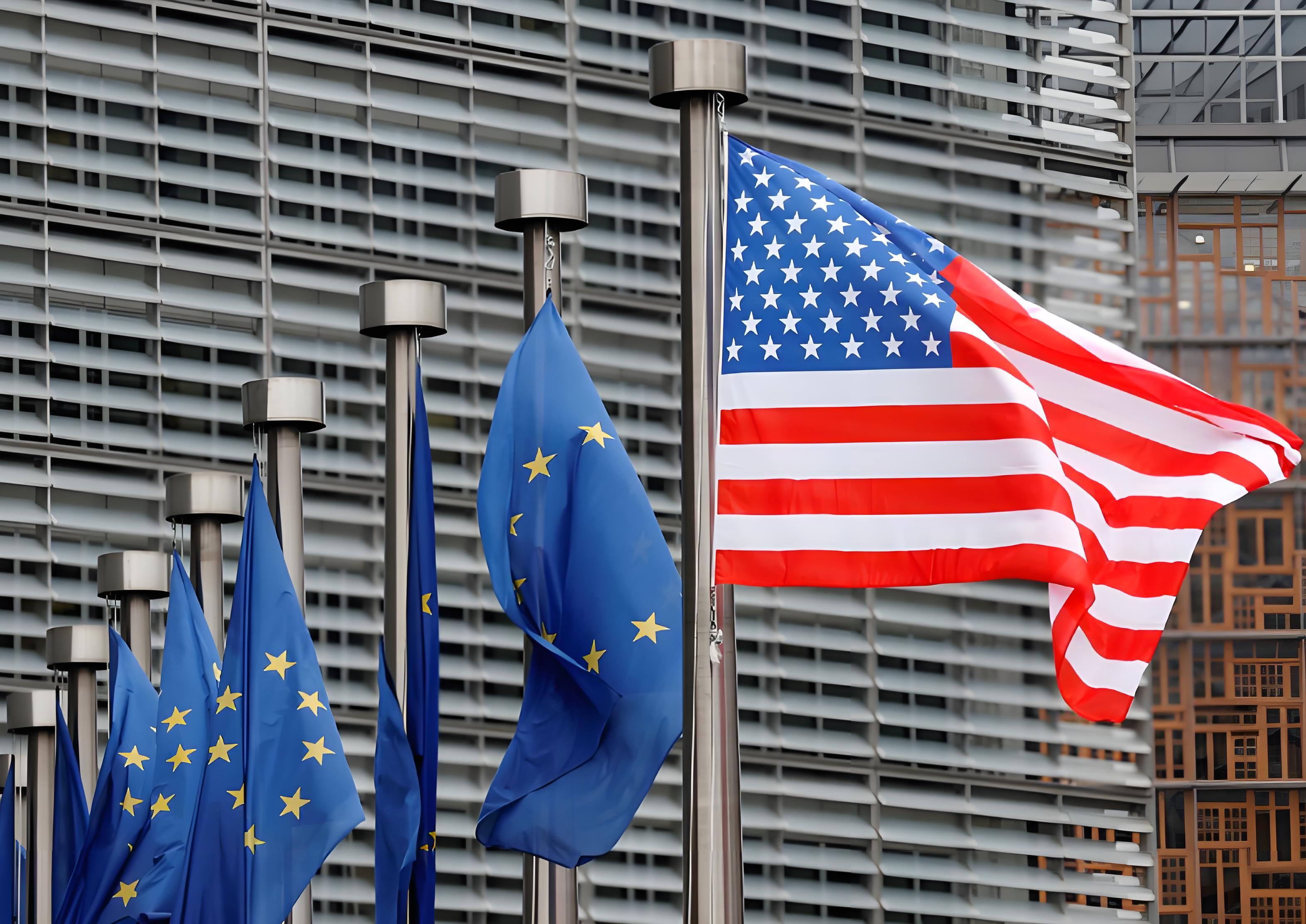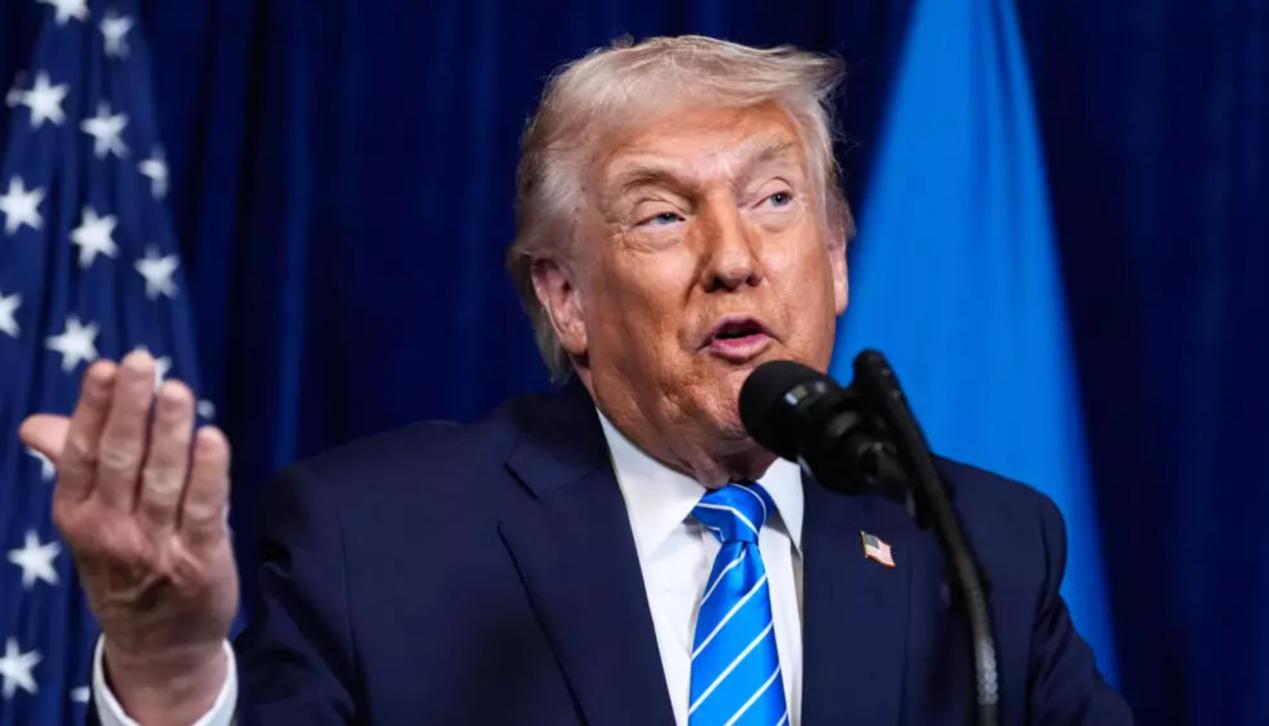
Recently, the trade negotiations between the United States and the European Union have reached a stalemate, attracting global attention. As two major important economies in the world, the direction of the US-EU trade relationship not only concerns the interests of both parties but also has a profound impact on the global trade pattern.
The European Union and the United States held trade negotiations for two hours but made no progress. During the talks in Washington, European Commissioner Šefčovič once again put forward the proposal of mutual exemption of tariffs on industrial products. This proposal aims to promote trade liberalization, eliminate trade barriers for industrial products between the two sides, and boost economic exchanges between the US and the EU. If realized, it will create a broader market space for enterprises on both sides and help enhance the competitiveness of the US and the EU in global trade. However, the US has not made its demands clear, making the negotiations lack a clear direction and leaving the EU's goodwill proposal in limbo.
The 20% tariff imposed by the US on EU goods has become a key point of contention in this negotiation stalemate. This tariff rate is much higher than the 3%-4% tariff rate imposed by the EU on US goods, which seriously affects the competitiveness of EU goods in the US market. Take German cars as an example. The US is an important export market for EU cars. In 2024, European automakers exported cars worth a total of 38.4 billion euros to the US. The increased tariffs imposed by the US not only put German car companies under great economic pressure but may also lead to a reduction in job positions, threatening the future of the industry. The EU has strongly criticized this, believing that the US tariff policy is unreasonable and destructive and is a form of trade protectionism.
However, the EU is not simply adopting a tough stance of confrontation. To avoid a further escalation of the trade conflict, the EU has chosen a more moderate response. On the one hand, the EU may increase its procurement of liquefied natural gas (LNG) as a response. The US is the world's largest exporter of LNG. The EU's increased procurement can, to a certain extent, ease trade frictions and also meet its own energy needs, especially after the Russia-Ukraine conflict, as the EU has the need to adjust its energy supply structure. On the other hand, the EU has postponed the implementation of retaliatory tariffs on US goods worth 21 billion euros until July 14. This shows the EU's sincerity in resolving the issue through negotiations, leaving time and room for subsequent negotiations between the two sides.
Both sides emphasize that they need to work together within a 90-day time limit to reach a mutually beneficial agreement. This is both a challenge and an opportunity. In terms of the challenges, there are deep-seated differences in interests between the US and the EU. The US adheres to the principle of "prioritizing the trade deficit" and requires the EU to expand market access to reduce its trade deficit with the EU. In contrast, the EU emphasizes "reciprocity" and refuses to make unilateral concessions. Moreover, the EU's bottom line is to completely lift the tariffs under the Section 232 provisions left over from the Trump era, while the US is trying to replace "lifting" with "suspending", and the two sides have difficulty reaching a consensus on the core issues. In addition, the US is implementing "friendshoring", and the EU is vigorously promoting the carbon border adjustment mechanism. There are differences between the two in the construction path of the new trade paradigm. The US places more emphasis on exclusivity within blocs, while the EU focuses on setting rules first, which also adds difficulties to the negotiations.
However, at the same time, the 90-day time limit also brings opportunities. If both sides can take this negotiation as an opportunity to re-examine their trade relationship, actively seek points of convergence of interests, and there is still hope to reach a mutually beneficial agreement. The US and the EU are closely linked economically and are important trading partners of each other. Reaching an agreement will be conducive to the stability and development of the economies of both sides and can also inject confidence into the stability of global trade. Moreover, if the US and the EU can reach a consensus on trade rules and other aspects, it is also possible to provide a model for the reshaping of global trade rules and promote the development of the global trade order towards a more fair and reasonable direction.
In conclusion, the current stalemate in US-EU trade negotiations is not optimistic, but it is not without a chance of a turnaround. In the next 90 days, both sides need to show sufficient sincerity and wisdom and resolve differences with a pragmatic attitude in order to break the deadlock, achieve mutual benefit and win-win results, and make positive contributions to the stability and development of the global trade pattern.

On December 29th, Mar-a-Lago in Florida, USA, witnessed a highly anticipated diplomatic meeting - a dialogue between US President Trump and Israeli Prime Minister Netanyahu.
On December 29th, Mar-a-Lago in Florida, USA, witnessed a h…
SoftBank Group announced on Monday that it has agreed to ac…
Recently, the US State Department issued a visa ban, adding…
On January 20, 2025, just 13 days after taking office, Trum…
On December 19, 2025, the U.S. Department of Energy, along …
The relationship between the Trump administration and the U…